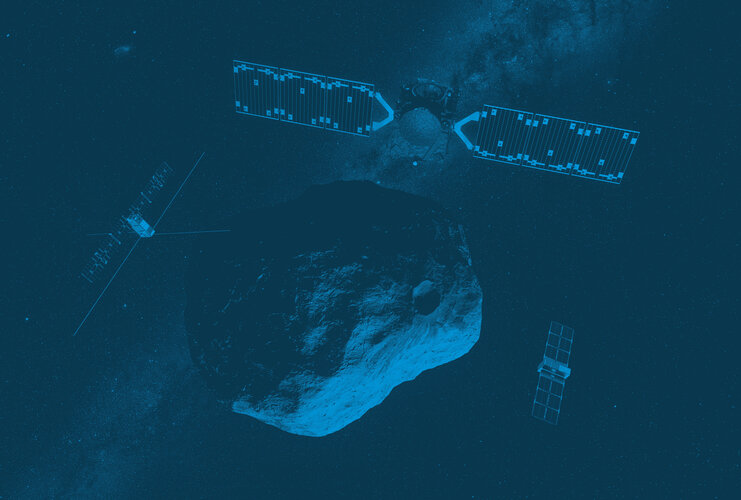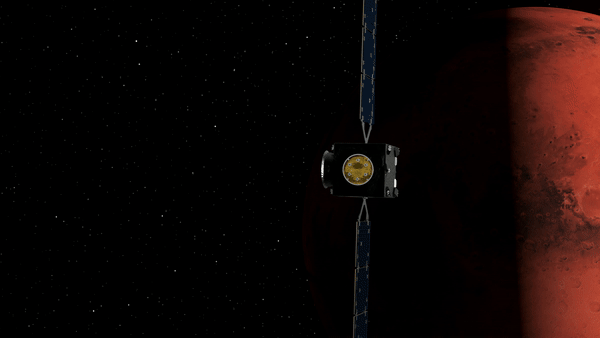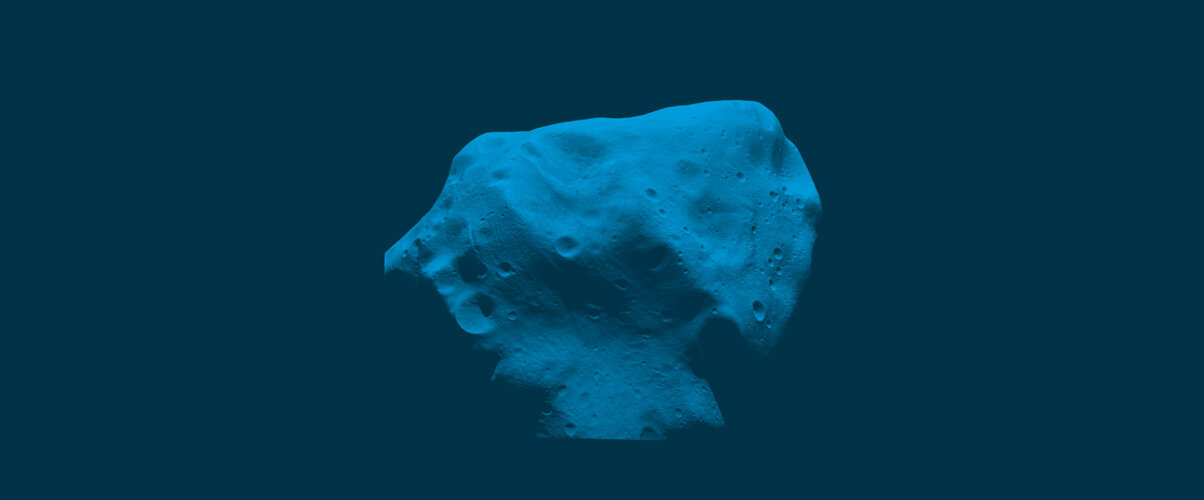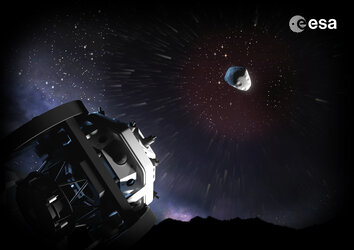Countdown to Hera: launch campaign begins at ESOC
ESA’s Hera mission is due to launch in October this year on a quest to survey the Didymos binary asteroid system and study the results of the first-ever test of asteroid deflection.
The spacecraft is currently undergoing its final system tests in the Netherlands in preparation for transport to its launch site in the USA. Meanwhile, in Germany, Hera’s Mission Control Team recently began launch preparations of their own.

Based at ESA’s European Space Operations Centre (ESOC), the Hera operations team is a mix of ESA veterans who have worked on missions such as the Rosetta comet chaser and new recruits who started flying spacecraft last year.
It is this team that will take control of Hera moments after it soars into the sky and navigate it through its two-year interplanetary journey to Didymos – via Mars.
Putting the Hera team to the test

Last week, the Hera Mission Control Team kicked off the most intense phase of their launch preparations – the simulations campaign.
The simulations campaign brings together all the teams involved in Hera’s operations. The flight control, flight dynamics and ground systems teams at ESOC will work closely with the Hera project team from ESTEC and teams from Hera’s manufacturers over the next three months.
Together, they will practice pre- and post-launch mission scenarios again and again until they are ready for any contingencies, under the motto 'hope for the best, prepare for the worst'.
As the campaign progresses, the teams will encounter increasingly serious issues with their systems and with the simulated, software-only Hera spacecraft they use for training. These issues are not random: hidden away in a room below ESOC’s Main Control Room, Simulations Officers carefully introduce subtle errors that are often difficult to trace back to their root cause.

During one of the first simulations, for example, a member of the Hera flight control team noticed that the output from one of the spacecraft's Sun sensors was lower than it should be, indicating that Hera might not be correctly oriented towards the Sun. The team determined that the cause was likely either that the surface of the sensor was contaminated, blocking some of the Sun’s light from reaching it, or an electrical issue with the sensor itself.
They correctly decided to switch to the back-up sensor, fixing the issue, but it wasn’t long until they faced another. The flight dynamics team soon discovered that Hera was experiencing an unexpected turning force (torque) that its thrusters had to counteract to prevent the spacecraft from spinning around. The team now had to decide how to handle this new challenge while keeping in mind all of the other limitations introduced up to this point.
“Spacecraft operations involves a lot of problem solving and decision making – often under time pressure. It’s our job to unite the team and train them to work together seamlessly,” says Simulation Officer Petr Shlyaev. “So far, the Hera team are doing even better than we expected.”
Planetary defence at ESA

Hera is the first spacecraft mission developed under ESA’s Space Safety programme and the first ESA mission outside of its scientific programme to fly beyond Earth orbit.
As part of the world’s first test of asteroid deflection, Hera is at the heart of the efforts of the programme’s Planetary Defence Office.
The Office is tasked with detecting and monitoring potentially hazardous near-Earth asteroids and comets and assessing the likelihood and consequences of Earth impacts via its Near-Earth Object Coordination Centre, and with developing methods to mitigate the danger.

The Office’s other projects include the Flyeye telescopes, automated telescopes with an extremely wide field of view that will scan the entire sky every night and alert human astronomers of possible asteroid detections the next morning.
The NEOMIR satellite will use infrared light to spot asteroids that approach our planet from the region of the sky obscured by the intense glare of our star, and which therefore cannot be seen by ground-based telescopes such as Flyeye.
ESA also supports Asteroid Day, the UN-endorsed day dedicated to raising public awareness of asteroids, held annually on 30 June. Members of the Hera team are taking part in Asteroid Day activities this week.











